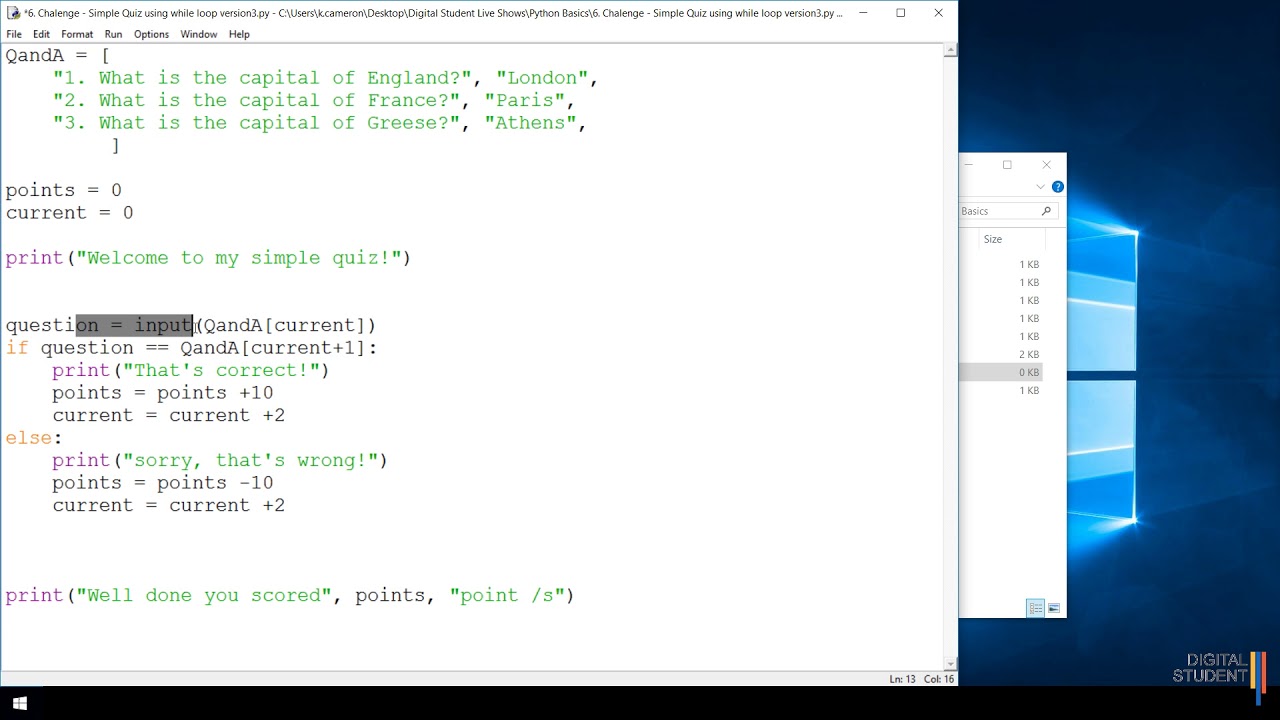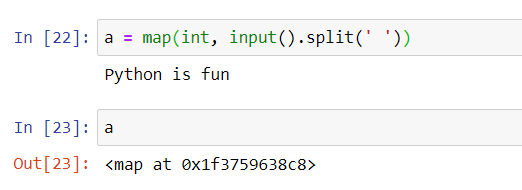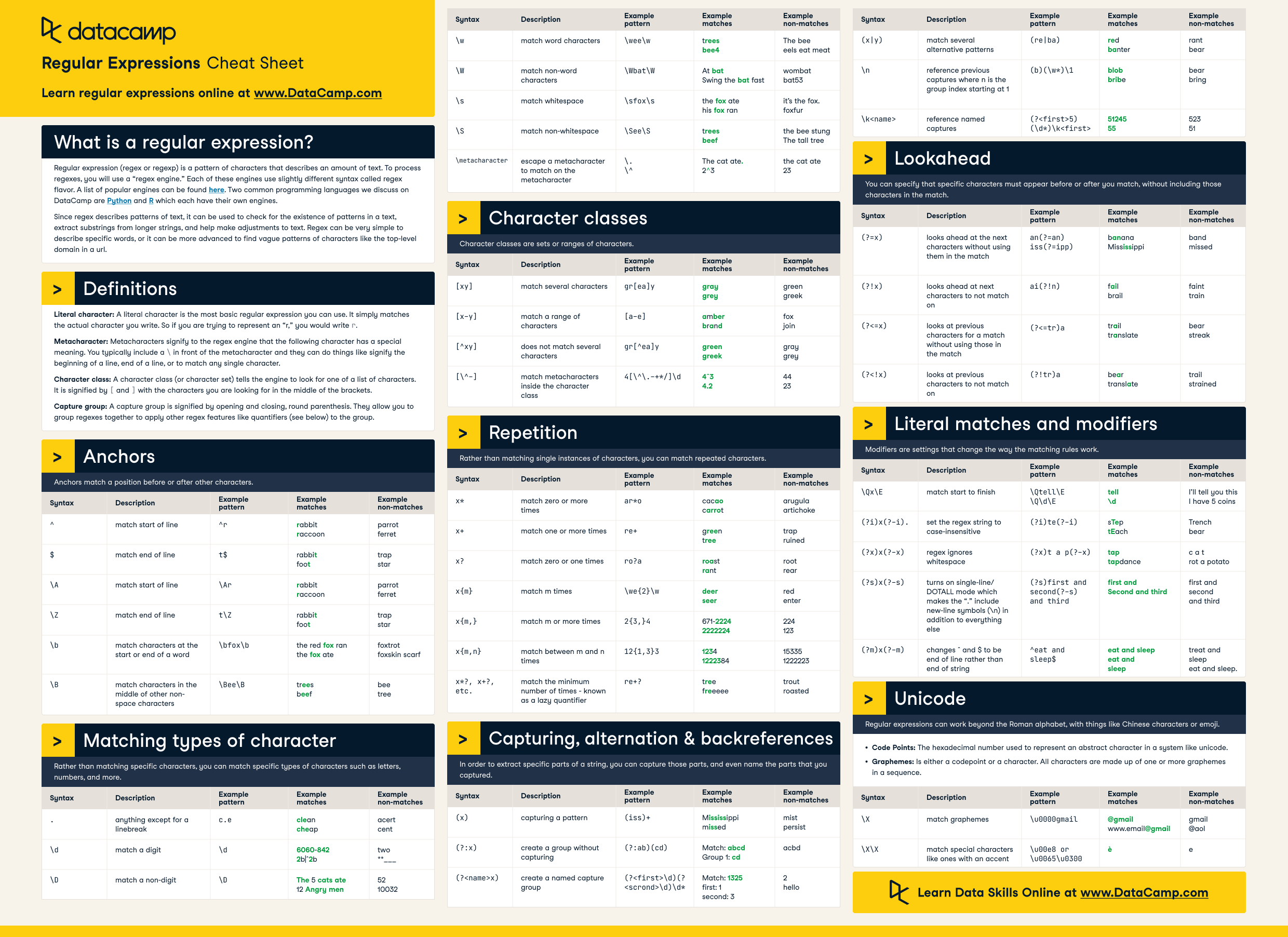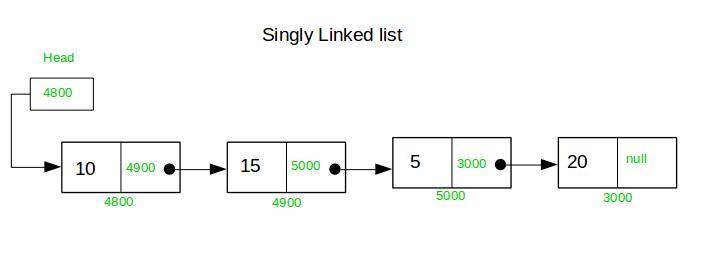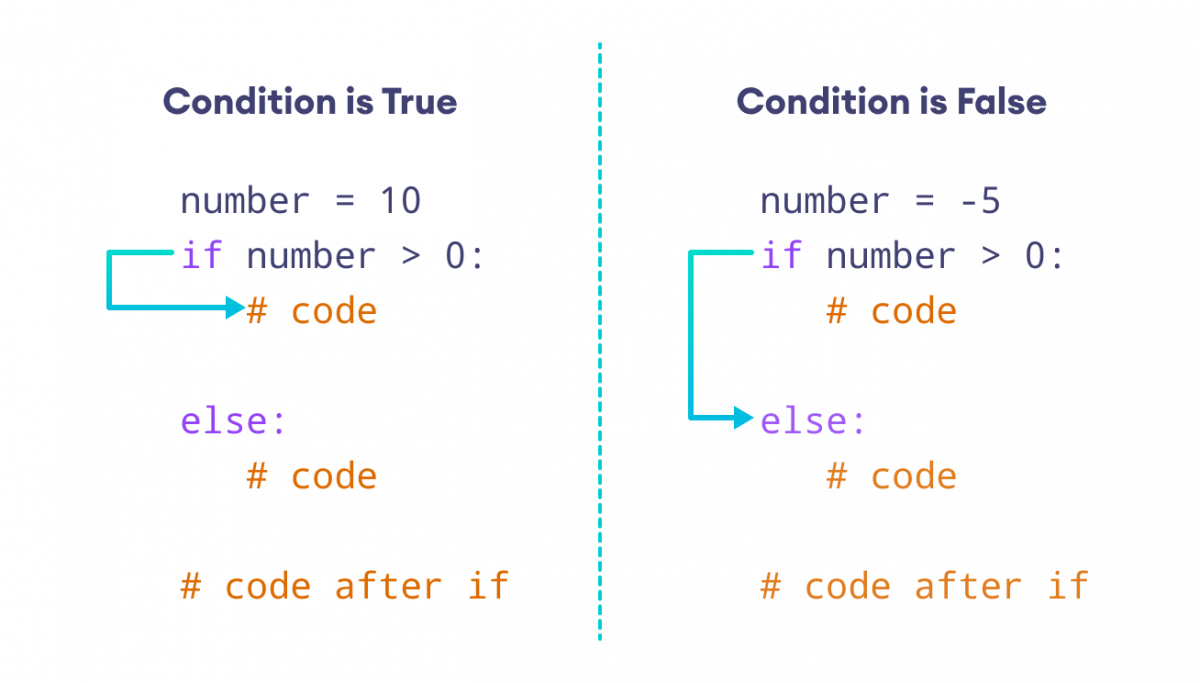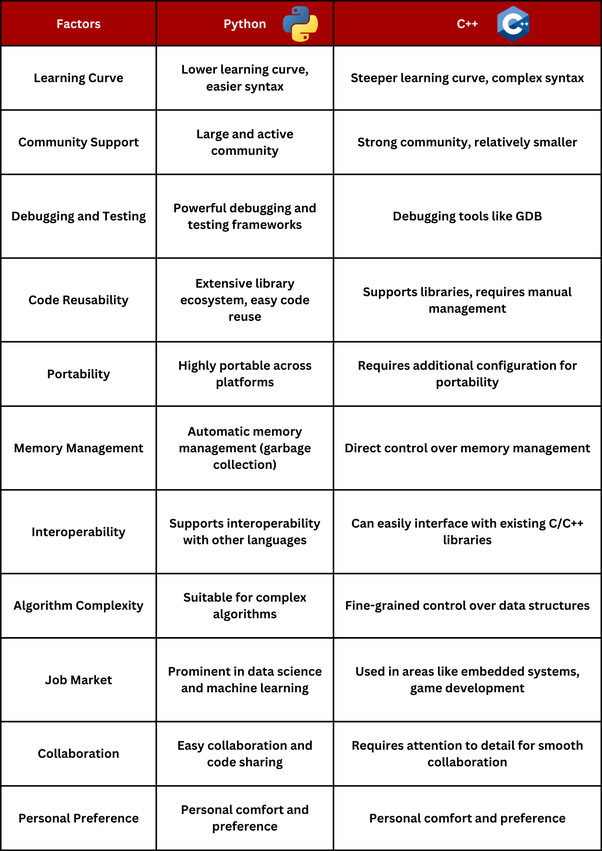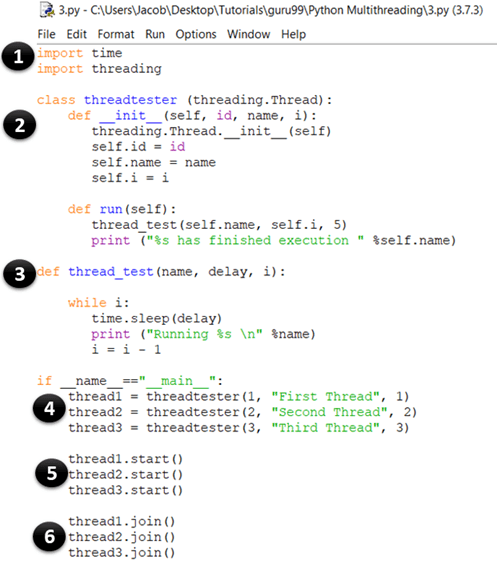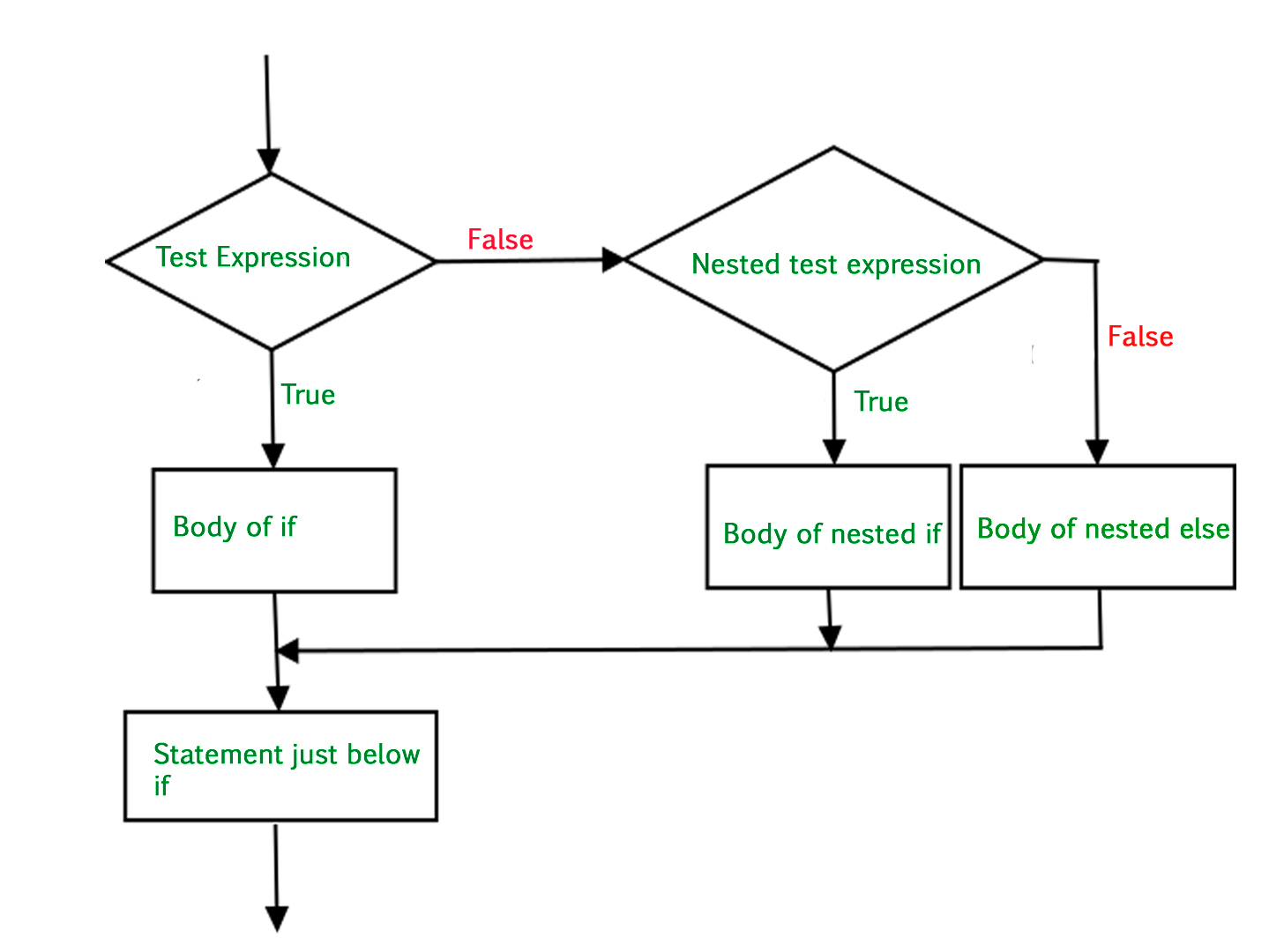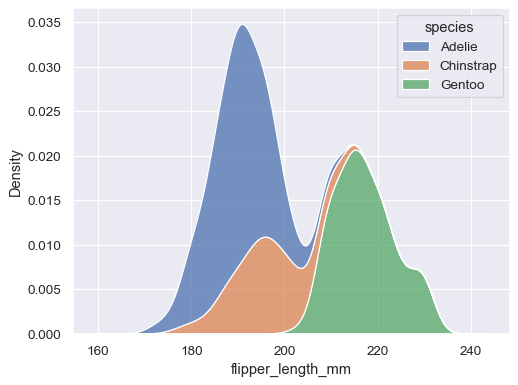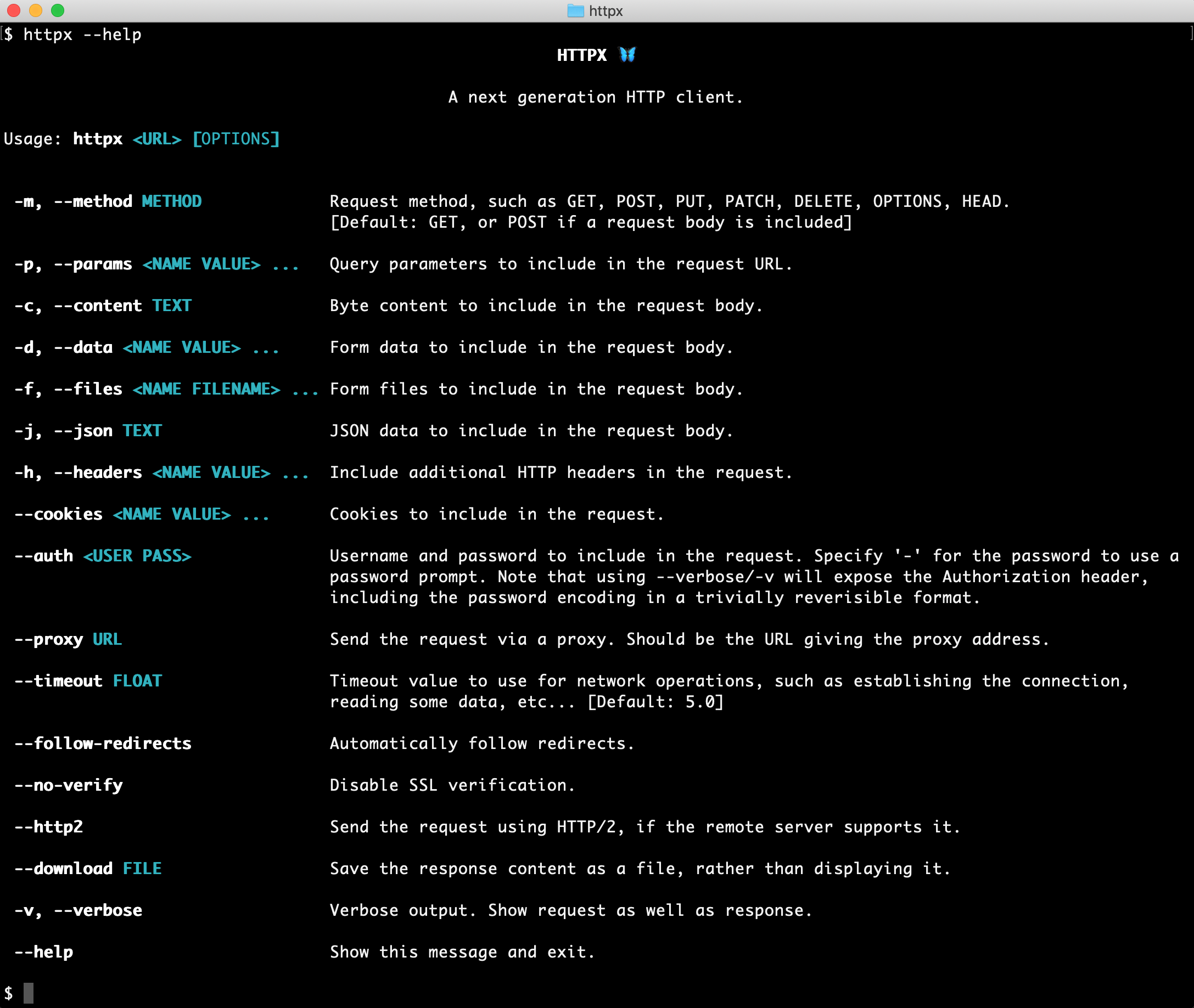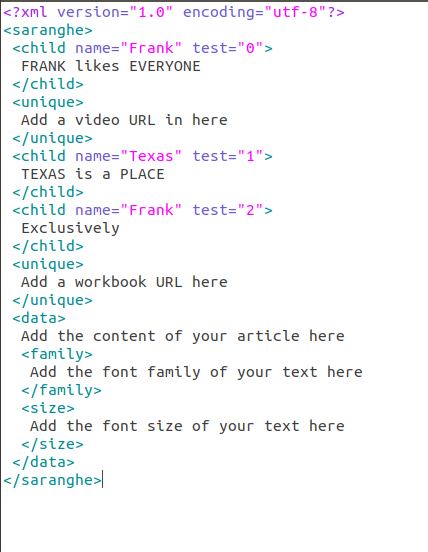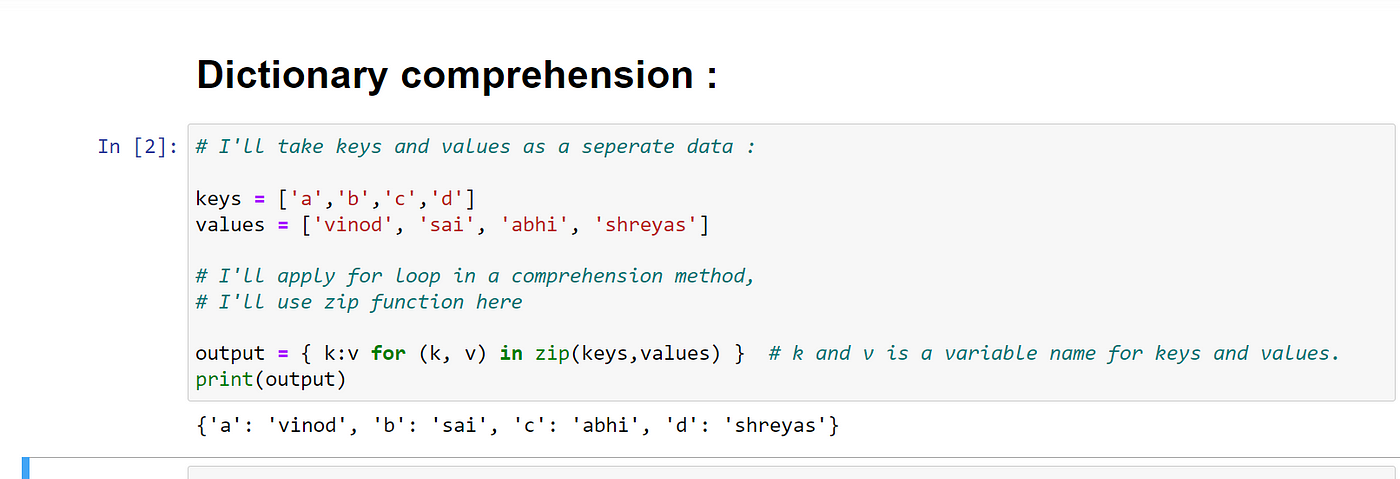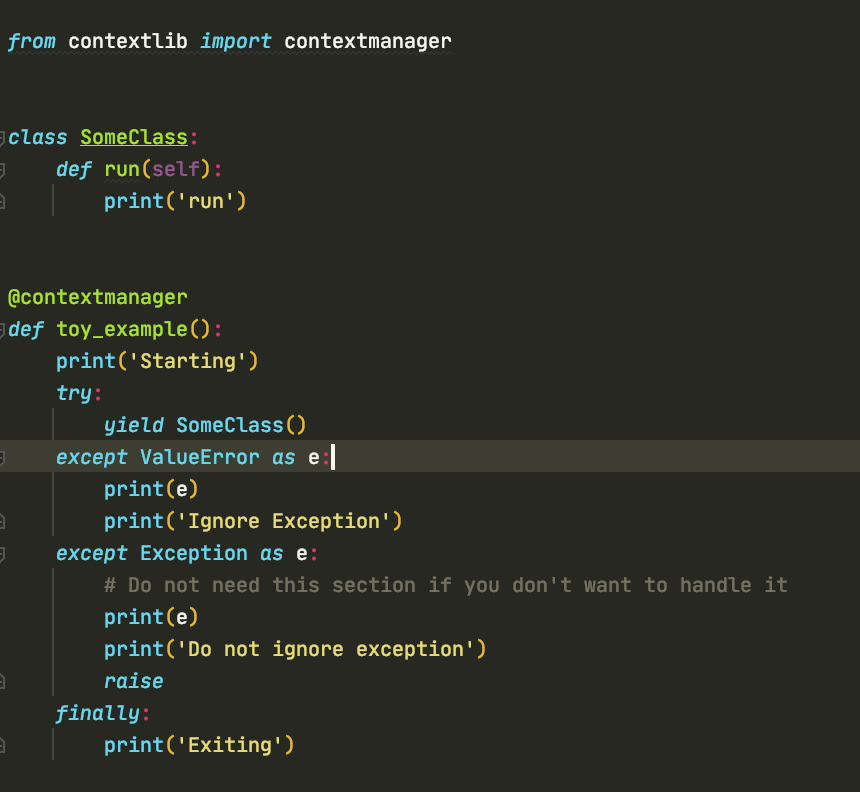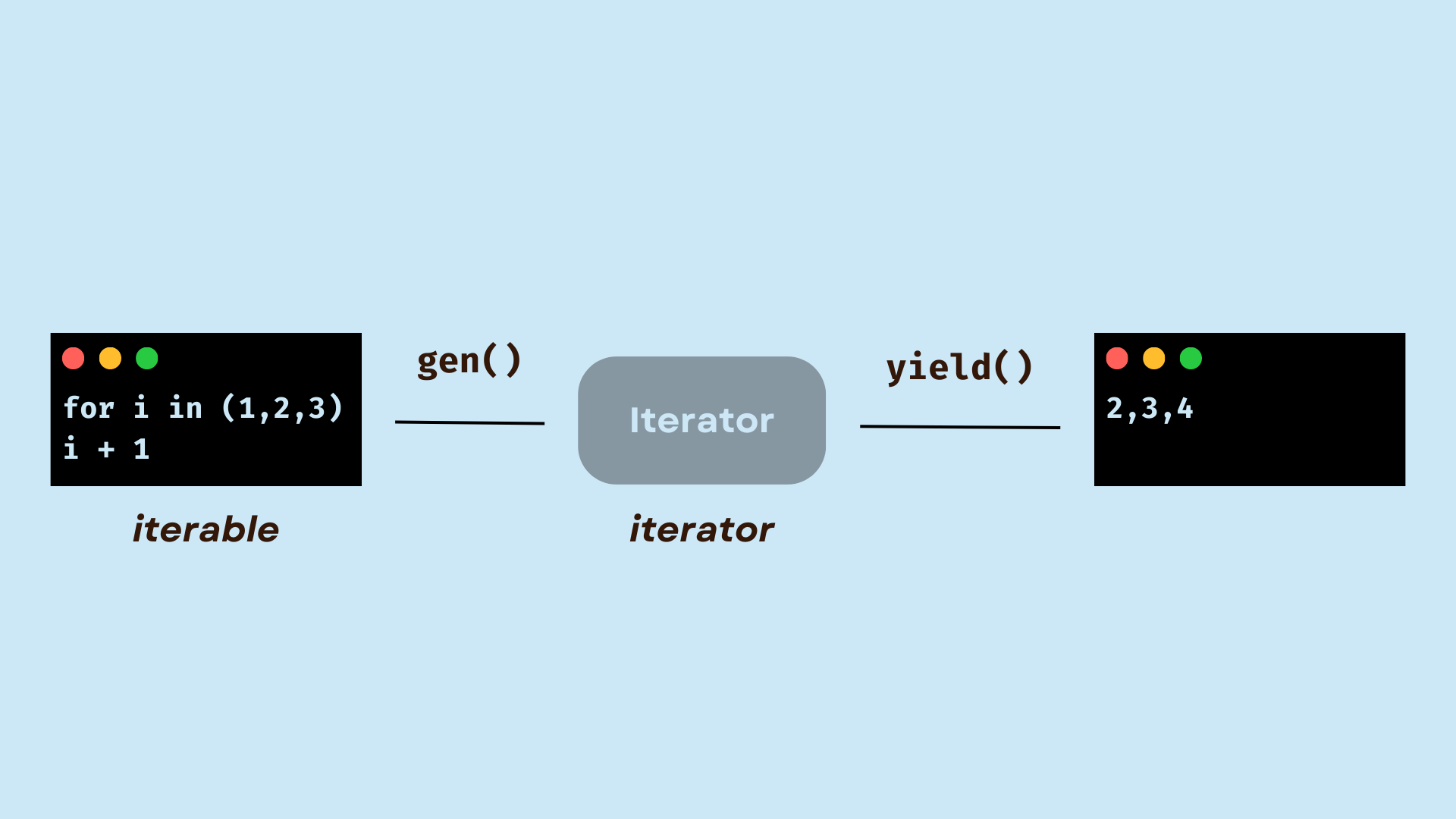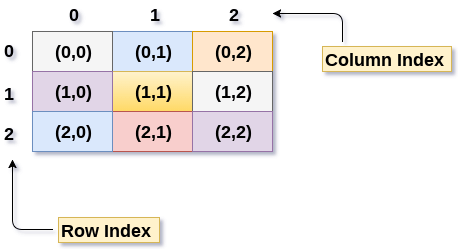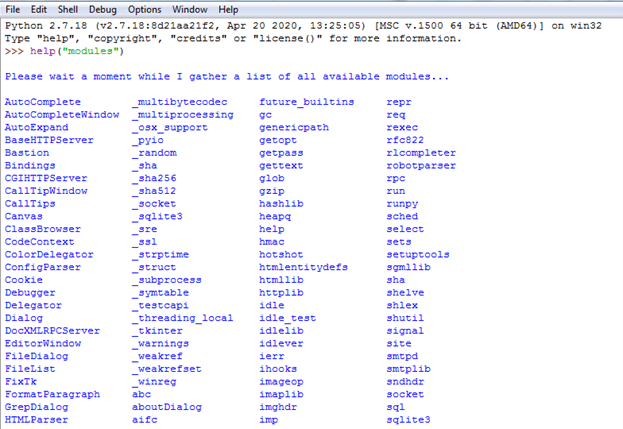which data structure in python is used to store key-value pairs? * set tuple list dictionary
which data structure in python is used to store key-value pairs? * set tuple list dictionary
I'm happy to respond in English for you!
The correct answer is dictionary. In Python, a dictionary (also known as a dict) is a built-in data structure that uses keys to store and retrieve values. It's a type of mutable map or hash table.
A dictionary is defined using curly braces `{}" and consists of key-value pairs. Each pair contains a unique key and a corresponding value. The keys are immutable and must be unique, while the values can be any Python object.
Here's an example of creating a dictionary:
my_dict = {'name': 'John', 'age': 30}
print(my_dict) # Output: {'name': 'John', 'age': 30}
In this example, my_dict is a dictionary with two key-value pairs: one for the key 'name' and another for the key 'age'. The values associated with these keys are 'John' and 30, respectively.
Dictionaries have many useful features, including:
Fast lookup: You can quickly look up a value by its key. Insertion: You can add new key-value pairs to the dictionary. Updating: You can modify existing values or add new ones. Deletion: You can remove key-value pairs from the dictionary.Python's dictionaries are implemented as hash tables, which means they use a hash function to map keys to their corresponding values. This makes dictionary operations very efficient, especially for large datasets.
Now, let's compare dictionaries with some other data structures:
Tuples: Tuples are ordered, immutable collections of values. They're not suitable for storing key-value pairs because you can't look up values by a specific key. Lists: Lists are ordered, mutable collections of values. While lists can store key-value pairs, they don't provide the fast lookup feature that dictionaries do. Sets: Sets are unordered, immutable collections of unique values. They're not suitable for storing key-value pairs because you can't look up values by a specific key.In summary, Python's dictionary is the best choice for storing and retrieving key-value pairs due to its fast lookup capabilities, insertion, updating, and deletion features.
What is the difference between a tuple and a list in Python?
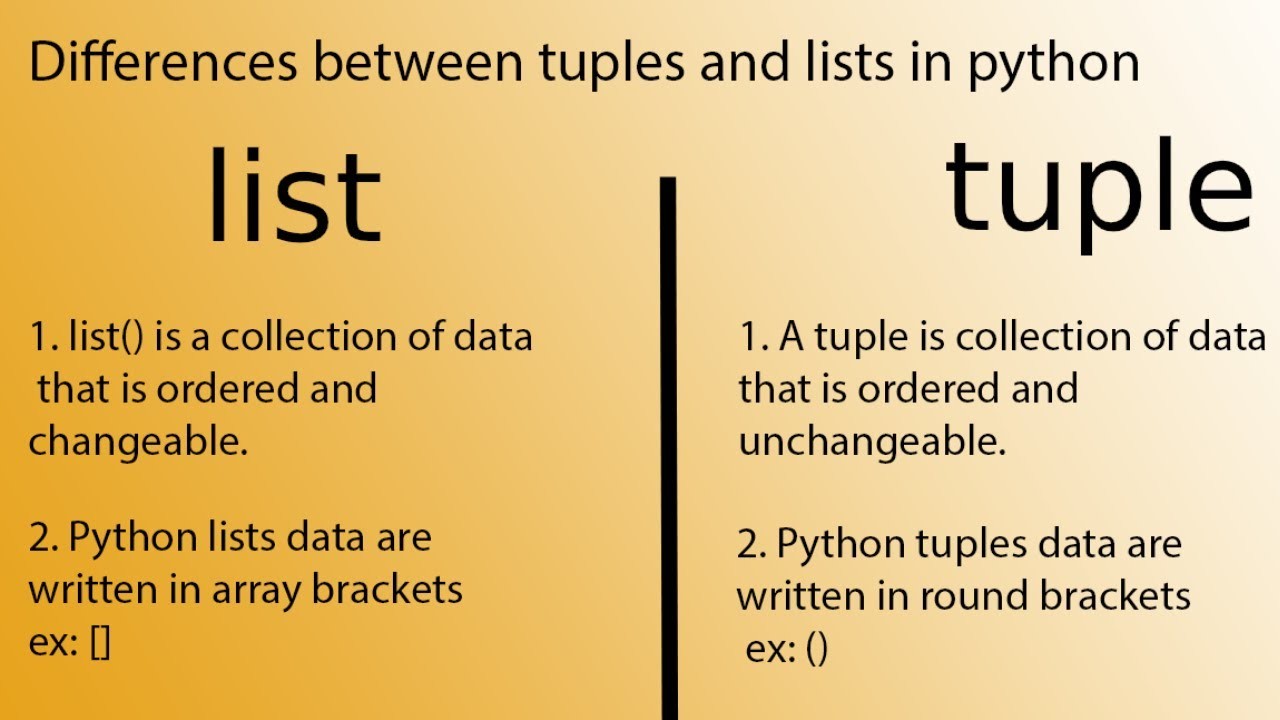
In Python, both tuples and lists are used to store collections of items. However, they have some key differences.
One main difference between a tuple and a list is that a tuple is immutable, meaning it cannot be changed once it's created, whereas a list is mutable, meaning it can be modified after it's created.
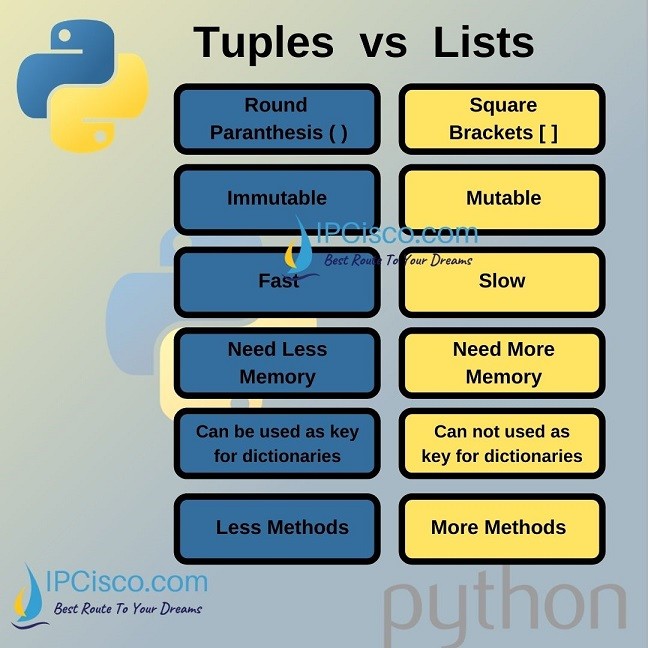
Another difference is the syntax used to create them. A tuple is created using parentheses () and the items are separated by commas. For example:
my_tuple = (1, 2, 3)
On the other hand, a list is created using square brackets [] and the items are also separated by commas.
my_list = [1, 2, 3]
This difference in syntax can lead to different behavior when you try to modify them. For example, if you try to add an item to a tuple, Python will throw an error:
my_tuple = (1, 2, 3)
my_tuple.append(4) # This will raise an error
But with a list, it's okay:
my_list = [1, 2, 3]
my_list.append(4) # This is fine
Another difference is how they handle indexing. Both tuples and lists can be indexed using square brackets [], but when you try to modify the value at an index in a list, it's allowed. But with a tuple, if you try to do this, Python will throw an error:
my_tuple = (1, 2, 3)
my_tuple[0] = 'Hello' # This will raise an error
my_list = [1, 2, 3]
my_list[0] = 'Hello' # This is fine
Additionally, tuples are more memory efficient than lists. This is because tuples store their elements as constants in the interpreter's namespace, whereas lists store their elements as objects that can be changed at runtime.
Finally, when it comes to iterating over them, both tuples and lists support iteration using a for loop:
my_tuple = (1, 2, 3)
for item in my_tuple:
print(item)
my_list = [1, 2, 3]
for item in my_list:
print(item)
In summary, while both tuples and lists can be used to store collections of items in Python, the main differences between them are that tuples are immutable, have a different syntax for creation, do not allow modification after creation, and are more memory efficient.
